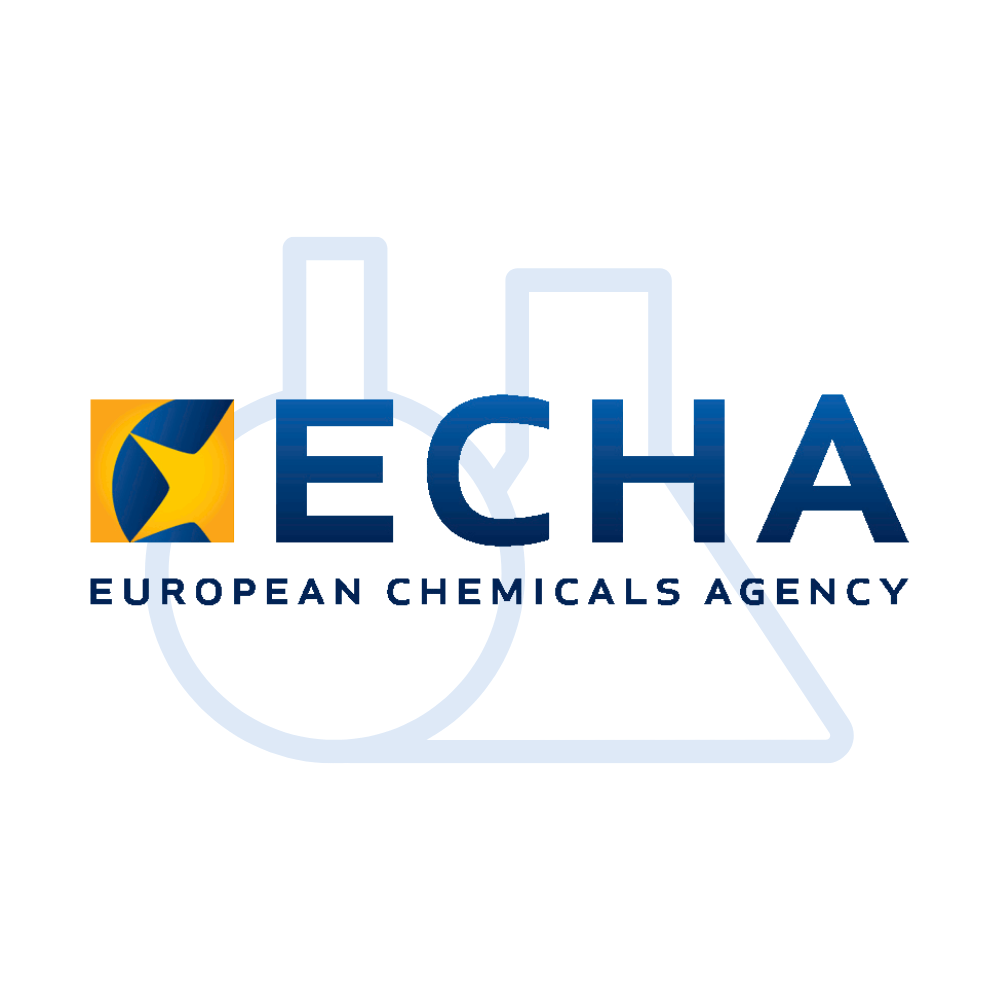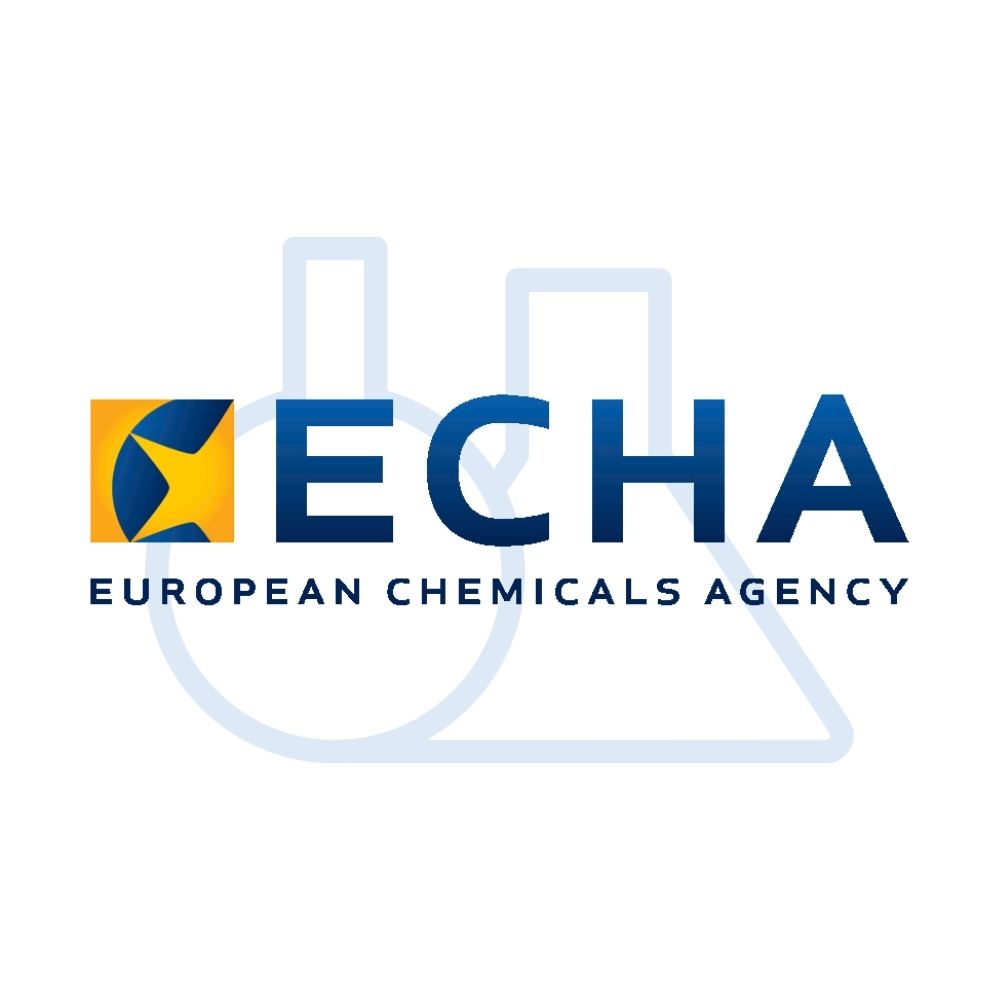According to the REACH and CLP Regulations, detergent products must be accompanied by Safety Data Sheets (SDS) due to their chemical content. These documents ensure that stakeholders are informed about potential hazards, appropriate first aid measures, handling precautions and proper disposal procedures.
Chemleg’s Detergent SDS Preparation Service supports manufacturers, importers, and distributors in achieving full compliance with REACH and CLP requirements through expert guidance and professionally prepared documentation.
What Makes Detergent SDSs Different?
Detergent SDSs are subject to specific requirements, including:
- Compliance with the Detergents Regulation
In addition to REACH and CLP, detergent products must also comply with the Detergents Regulation (EC) No 648/2004. This regulation introduces additional requirements regarding product composition, biodegradability, labelling, and information disclosure.
- Ingredients Data Sheet (IDS)
For detergents placed on the market, an Ingredients Data Sheet (IDS) must be prepared as per the Detergents Regulation. This document lists all ingredients with their chemical names, CAS numbers, and concentration ranges. The IDS must be publicly accessible, and its website address should be indicated on the product label or in the SDS. Chemleg offers fully compliant IDS preparation services tailored to your product formulations.
- Fragrance Allergens and Special Classification
According to the Detergents Regulation and CLP Regulation, certain allergenic fragrance substances must be disclosed on the label or SDS when present above specified concentrations. If the fragrance component meets classification criteria, it must also be declared with appropriate hazard statements and classification.
- Information on Surfactants
Surfactants (surface-active agents) must be specifically identified and detailed in detergent SDSs. This includes their chemical names, classification, concentration ranges, and relevant hazard information to ensure full transparency and compliance.
- Consumer-Focused Information
As detergents are often marketed to end users, the SDS should be written in a manner that is understandable to both professional users and consumers.
In addition to the points above, all SDSs must follow the standard 16-section format and comply with the general requirements of REACH and CLP Regulations. Although there are some differences, the primary aim of every SDS is to protect human health and the environment from the potential risks associated with chemical sbtsances.
Who Is Responsible for Preparing an SDS?
- Manufacturers:
Any company manufacturing a substance on its own or in a mixture must prepare an SDS if the substance is classified as hazardous and meets specific criteria. - Importers:
Any company importing substances or mixtures from outside the Europian Union or European Economic Area (EEA) must prepare SDSs for hazardous materials, just like manufacturers. - Formulators and Mixture Importers:
Companies that formulate or import their own chemical mixtures must prepare SDSs if the mixture is classified as hazardous or contains hazardous substances above relevant thresholds.
- Downstream Users:
Downstream users are not responsible for preparing SDSs for substances or mixtures they use but must receive them from suppliers. However, if they create a new hazardous mixture, they become responsible for preparing an SDS for that product.
- Repackagers and Distributors:
Entities that repackage or distribute chemicals are not directly obliged to prepare an SDS unless they modify the product’s composition, rebrand it, or change the label. In such cases, they take on the responsibilities of a manufacturer or importer and must prepare an SDS accordingly.
Failure to meet SDS obligations may result in serious penalties such as fines of up to €55,000,000, product recalls and confiscation, compensation lawsuits, imprisonment, and market surveillance actions.
How Chemleg Simplifies Your SDS Process
With our expert team, Chemleg helps you quickly achieve regulatory compliance. Our sector-specific services ensure the entire SDS process is handled smoothly and professionally.
Our Detergent SDS Service Includes:
- Regulatory Compliance Check
- SDS Preparation (16-Section Format)
- Language Compliance
- SDS Updates & Revisions
Additional Services:
- Label Compliance Review
- SDS Translation
- Toxicological & Ecotoxicological Data Support
- SDS for Biocidal & Disinfectant Detergents
Fill out the form to schedule a consultation with our experts.
Frequently Asked Questions
How long is a detergent SDS valid, and when should it be updated?
SDSs do not have an expiration date but must always be accurate and kept up to date. SDS must be updated without delay when:
- New hazard information becomes available
- Classification of the substance/mixture changes
- New legal requirements are introduced
- A new intended use emerges that was not previously covered in the SDS
- The formulation undergoes significant changes
Is an SDS mandatory for detergents?
Yes. As detergents are considered chemical mixtures, SDS preparation is required before placing them on the market.
Can detergents be sold without an SDS?
No. Selling a detergent without an SDS is a legal violation and may result in administrative fines and legal consequences.
Is an SDS required for detergent exports?
Yes. The SDS must be prepared in accordance with the regulatory requirements of the destination country.
Are SDS and label information the same?
Not exactly. They are closely related but SDS and product label serve different purposes. The SDS provides detailed hazard, handling, and safety information for professional users. However, product label must be prepared based on the SDS content and should be in a condensed form suitable for immediate identification and end-user awareness.








